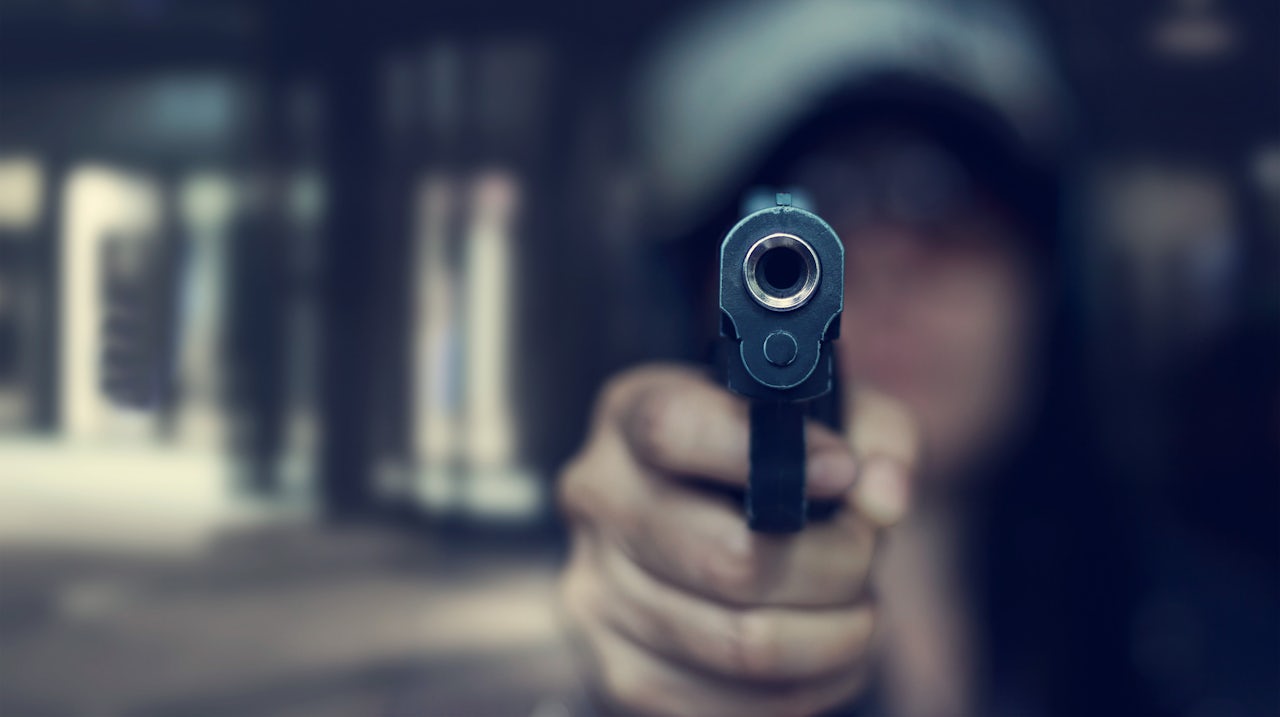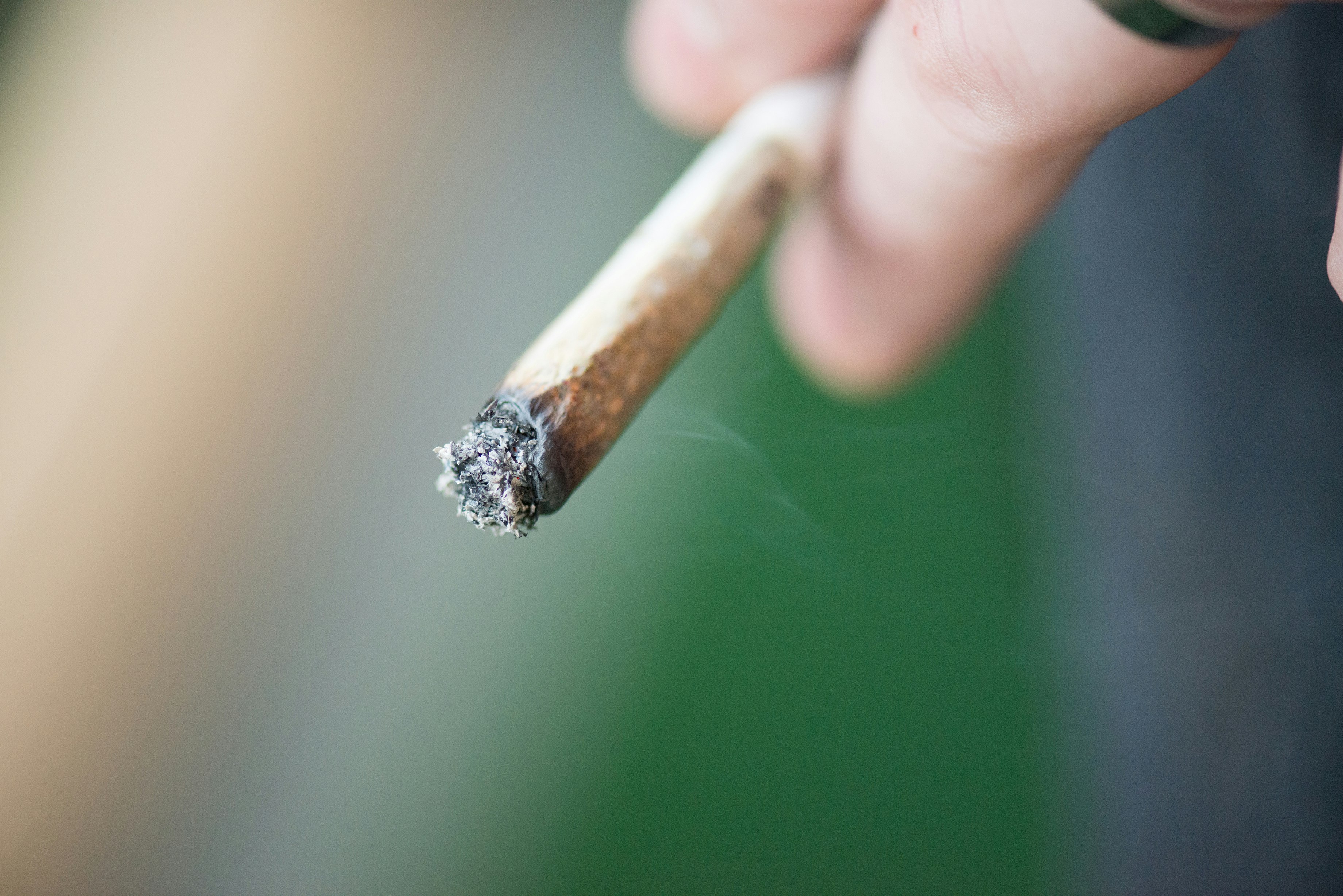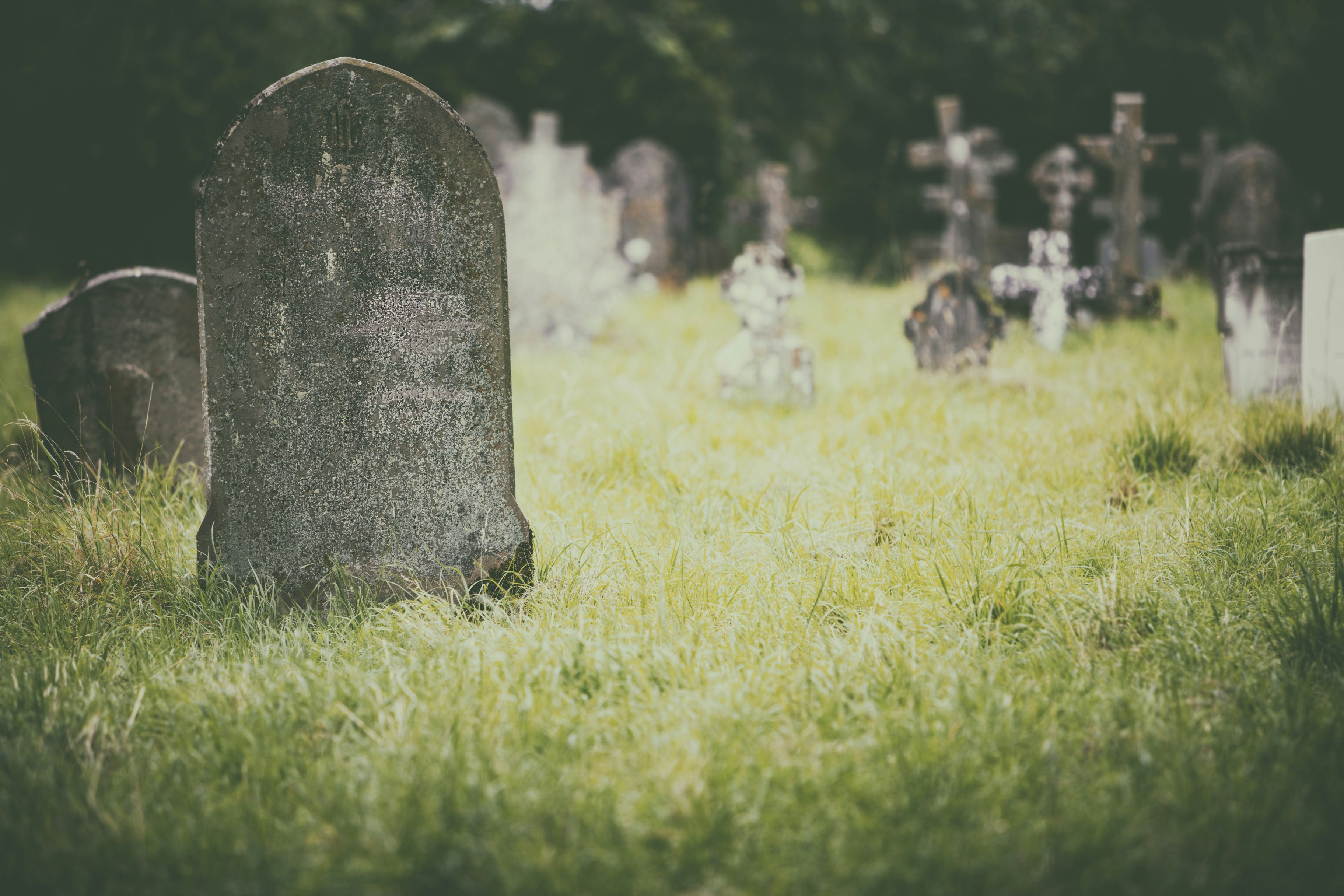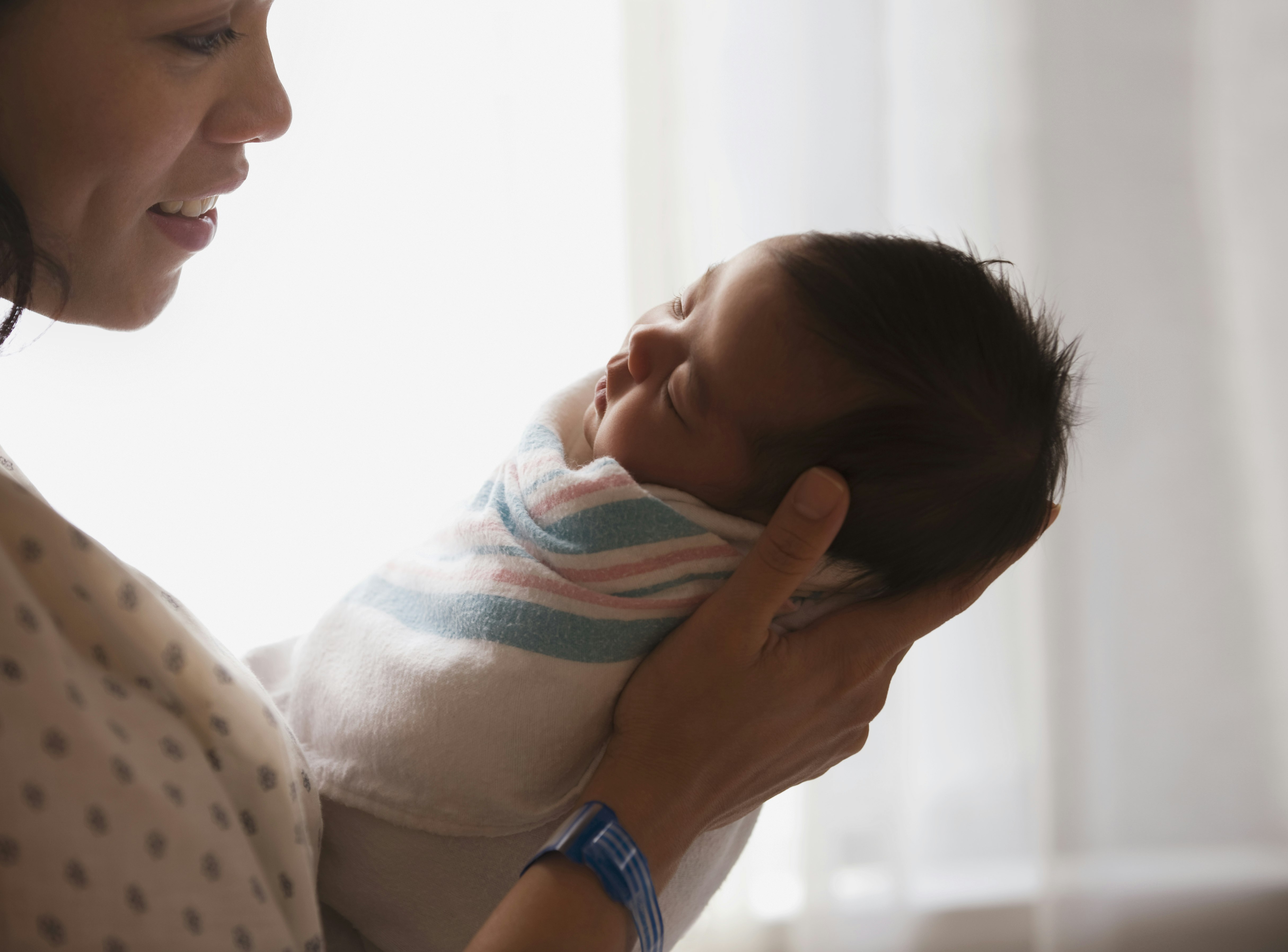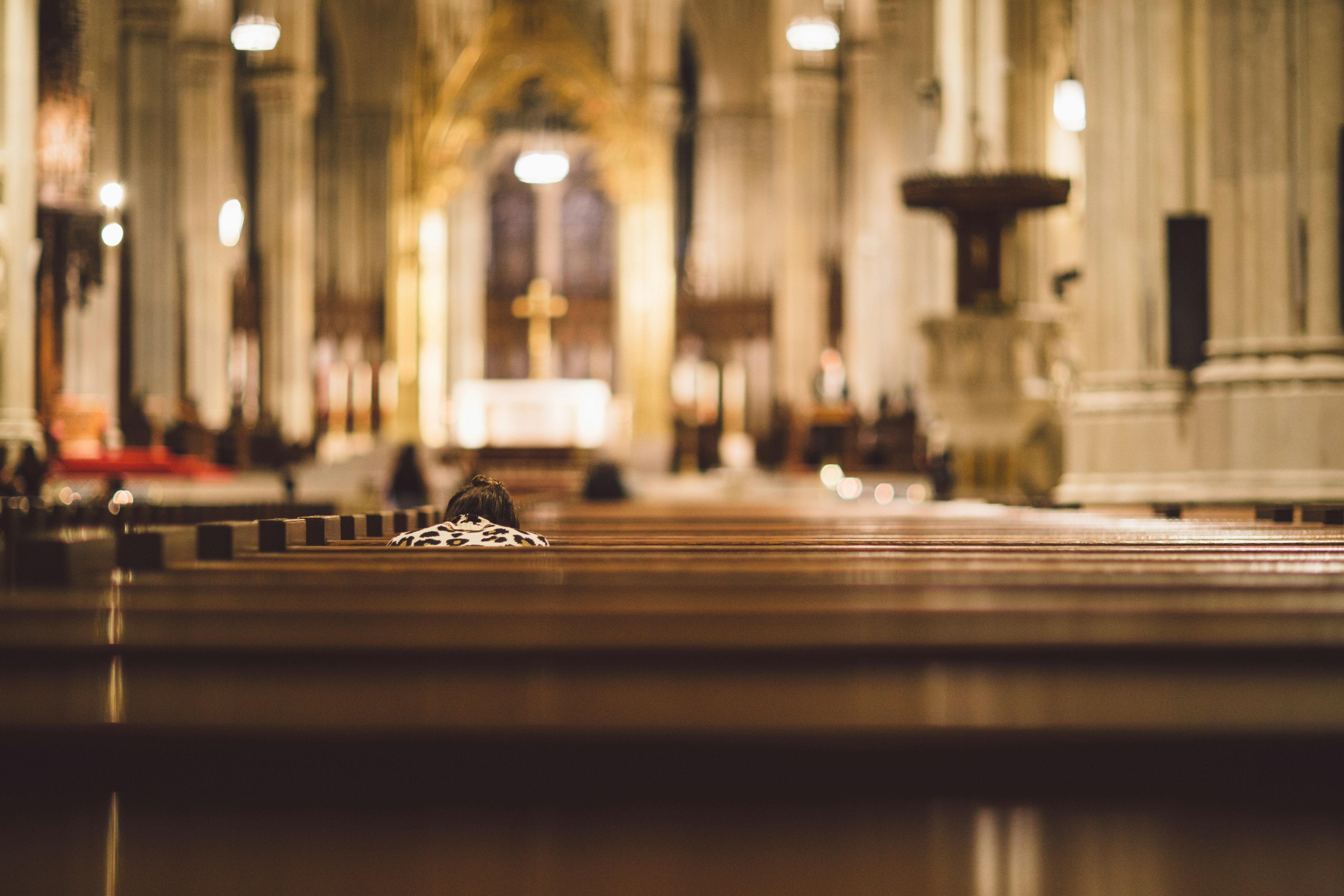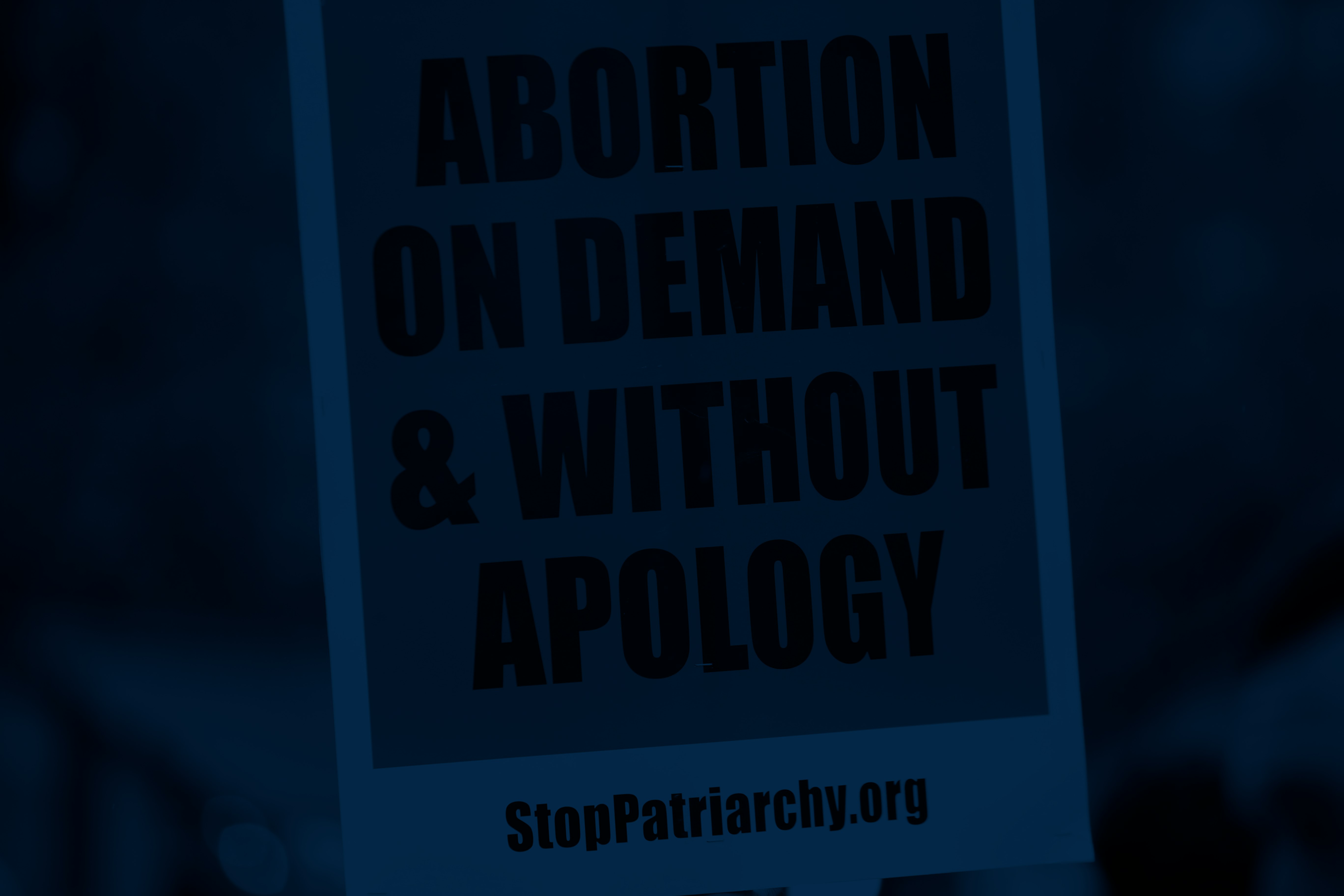In May 2017, a package arrived by courier at an address just south of Bedford — a fairly unremarkable slab of suburban southern England — having made its way from the eastern fringes of the Czech Republic.
Once at its destination, the package was opened to reveal a consignment of blank-firing automatic handguns designed to fire eight bullets a second, ripe for easy conversion into deadly weapons to be shipped out to the UK’s criminal underworld. The imitation weapons weren’t particularly hard to acquire: a few clicks on the website of Czech weapon suppliers Balistas, followed by a ‘“fast parcel” to the U.K, along with 1,800 rounds of blank ammunition.
The guns were rapidly distributed after being modified by a local engineer at a metal fabricating factory, according to the subsequent work of ballistic analysts and the reporting of The Observer. From the midlands, to London and its satellite towns, traced to drive-by shootings, attempted murders, and a house in Essex that was peppered with bullets. Two Bedfordshire men were convicted importing and disseminating the guns in August 2018, and sentenced to life imprisonment and 20 years behind bars respectively.
The journey of these weapons illustrates an uncomfortable and often misunderstood truth: That the UK, where even imitation weapons are illegal, has and has always had an issue with gun crime. The last half-decade has witnessed a spike gun-related offenses, even in the context of an overall decline since the early 2000s.
There have been a few specific events that feel significant in their barbarity. The murder of the Parliament member Jo Cox, shot dead in 2016 by a far-right terrorist as she went about routine business in West Yorkshire. The May 2018 fatal shooting of 17-year-old aspiring drill artist Rhyheim Barton on a housing estate in Camberwell, in southeast London. The September 2017 killing of 14-year-old Corey Junior Davies in Newham, east London — collateral damage of an increasingly bloody turf war in the borough. A 2015 botched gangland execution in the outskirts of Manchester that left a seven-year-old boy in critical condition.
What knits these disparate events together is something both more powerful and more opaque than statistics or official proclamations — a mood of increasing despair, of creeping violence and decay. Though an appalling nationwide rise in knife crime dominates headlines, gun crime lurks just behind in the public consciousness — not just an afterthought, but an accompaniment to a spreading panic. Converted weapons, legal guns stolen for criminal use, “reactivated” blank-firing firearms, like the haul that crossed into Bedfordshire: these are the main means of dissemination.
It’s not meant to be like this here. The UK boasts some of the tightest gun control legislation in the world, the legacy of two atrocities that turned public opinion in steadfast favor of strict regulation. In 1987, 17 people were murdered in the small Berkshire town of Hungerford by a local handyman with legal access to a handgun and two semi-automatic rifles. And then in 1996, a disgraced former scoutmaster walked into a Scottish elementary school and killed 16 five-and six-year-olds with four legally bought handguns.
We are not America, it’s said. But not having our school children regularly slaughtered is hardly something to be smug about.
The former brought about a ban on automatic weapons; the latter, a blanket ban on handguns. While the results of this have obtained the subsequent gloss of decisiveness, getting there was far more complex than some would allow. In the years since, several government sanctioned amnesties have been declared. Guns continue to be drawn out and dumped at police stations around the country, although now with less frequency — 116 weapons in 2018, 800 in 2016, 40,000 in 2003.
Occasionally, a well-meaning campaigner will stand-up and talk of the singular difference between the US and UK’s respective “gun cultures”. Certainly, it’s true that there’s no Second Amendment here, or any constitutional framework enshrining the right to carry a lethal weapon as a fundamental prerequisite to liberty. But regulation isn’t the same as total elimination, even though it’s been said that the best memorial to the dead of Dunblane and Hungerford was the clampdown on the possibilities for legal gun ownership. In practice, this means that guns as a political concern have largely been put out of mind; of marginal concern to anyone but the avid farmer or the occasional, heavily regulated, solo enthusiast.
Although the UK mercifully lacks an organization with the clout and reach of the NRA, there are still those with power who see the stripping of their right to bear arms as an assault on their own tightly coiled sense of selfhood. We’ve mostly forgotten the figures that lobbied hard for “compromise” after Dunblane. A coalition of privilege and entitlement, landed figures and parliamentary right-wingers — a tableau of Dickensian grotesques and expense-account Nosferatus.
But they have never really left us. In December, hard-right members of Parliament from the Conservative Party backbenches lobbied Home Secretary Sajid Javid to squash a proposed ban on .50 caliber rifles, which had attracted broad cross party support, in a series of complex tit-for-tat skirmishes centering on the Brexit disaster. That such weapons are powerful enough to immobilize a truck from a mile away — and that they have no real practical application outside of preplanned violence — doesn’t seem to matter to the would-be libertarians.
Perhaps it has something to do with the success of the UK’s existing hardline approach to gun control that news of the proposed bans failure barely penetrated the mainstream media. After all, it’s not meant to be like that here. Of all the competing nerouses in British public life, gun crime ranks somewhere below a catalogue of real and imagined disasters: a kaleidoscope of post-No Deal Brexit World Trade Organization tariffs and newly formed centrist parties stuffed with a few waxy, technocratic ghouls from the early 2010s.
That spree shooters are now almost unheard of in these isles, or that the overall rate of gun crime has declined, is not a cause for complacency. We are not America, it’s said. But not having our school children regularly slaughtered is hardly something to be smug about.
It was an unusually warm autumn in London last year. On September 22, police were called to reports of a shooting in Walthamstow in the city’s northeast, not long after 11 p.m. A half-hour later, a victim was pronounced dead, the city’s 11th gun death in 2018. He was 19. I can’t imagine his family looks kindly on the myth of a gun crime-free UK.
